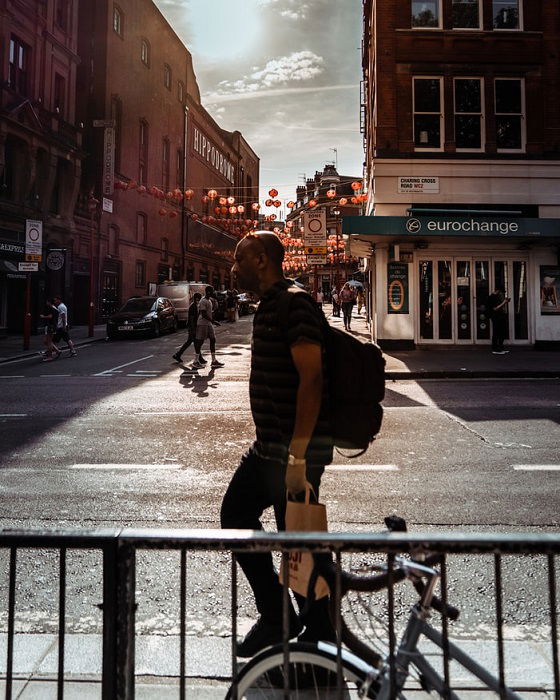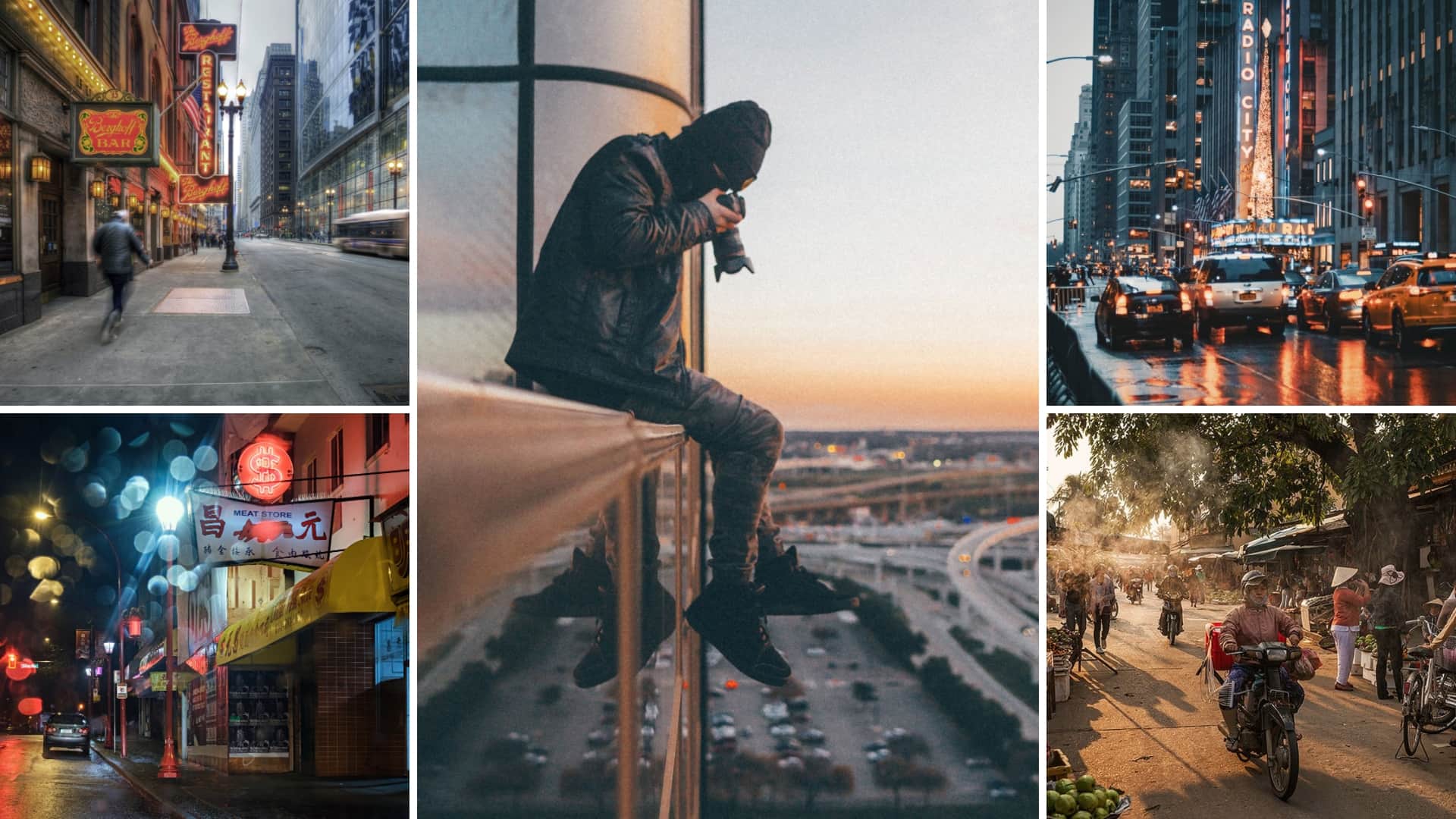The 8-Minute Rule for Framing Streets
Some Known Details About Framing Streets
Table of ContentsThe Basic Principles Of Framing Streets The Best Strategy To Use For Framing StreetsFascination About Framing StreetsNot known Details About Framing Streets An Unbiased View of Framing StreetsMore About Framing Streets
, usually with the aim of capturing pictures at a crucial or touching minute by cautious framework and timing. https://medium.com/@davidturley33101/about.
The smart Trick of Framing Streets That Nobody is Talking About
Susan Sontag, 1977 Road photography can concentrate on individuals and their actions in public. In this regard, the street professional photographer resembles social docudrama professional photographers or photographers who additionally work in public places, however with the purpose of recording newsworthy occasions. Any one of these photographers' images might catch people and residential property noticeable within or from public places, which frequently entails navigating moral problems and laws of personal privacy, security, and residential property.
Representations of day-to-day public life create a category in virtually every duration of world art, beginning in the pre-historic, Sumerian, Egyptian and early Buddhist art periods. Art managing the life of the road, whether within views of cityscapes, or as the dominant concept, appears in the West in the canon of the North Renaissance, Baroque, Rococo, of Romanticism, Realistic look, Impressionism and Post-Impressionism.
Our Framing Streets PDFs
Louis Daguerre: "Blvd du Temple" (1838 or 1839) In 1838 or 1839 the initial photograph of numbers in the road was taped by Louis-Jacques-Mand Daguerre in among a pair of daguerreotype sights extracted from his workshop home window of the Boulevard du Temple in Paris. The second, made at the elevation of the day, shows an unpopulated stretch of street, while the various other was taken at regarding 8:00 am, and as Beaumont Newhall reports, "The Blvd, so frequently loaded with a moving crowd of pedestrians and carriages was completely singular, except an individual who was having his boots brushed.
His boots and legs were well defined, however he is without body or head, because these were in activity." Charles Ngre, waterseller Charles Ngre. https://folkd.com/profile/framingstreets1 was the very first photographer to acquire the technical refinement called for to register individuals in activity on the street in Paris in 1851. Digital Photographer John Thomson, a Scotsman working with journalist and social protestor Adolphe Smith, released Road Life in London in twelve regular monthly installments starting in February 1877
Facts About Framing Streets Revealed
Eugene Atget is concerned as a progenitor, not since he was the initial of his kind, but as an outcome of the popularisation in the late 1920s of his record of Parisian roads by Berenice Abbott, who was motivated to take on a similar paperwork of New York City. [] As the city created, Atget assisted to promote Parisian roads as a deserving subject for digital photography.

Unknown Facts About Framing Streets
Martin is the first taped photographer to do so in London with a masked camera. Mass-Observation was a social research study organisation founded in 1937 which intended to record everyday life in Britain and to record the reactions of the 'man-in-the-street' to King Edward VIII's abdication in 1936 to marry separation Wallis Simpson, and the succession of George VI. Between 1946 and 1957 Le Groupe des XV yearly exhibited work of this kind. Andre Kertesz. Circus, Budapest, 19 May 1920 Street photography created the major material of 2 exhibits at the Gallery of Modern Art (Mo, MA) in New york city curated by Edward Steichen, 5 French Professional Photographers: Brassai; Cartier-Bresson, Doisneau, Ronis, Izis in 1951 to 1952, and Post-war European Photography in 1953, which exported the principle of street photography globally.

Framing Streets Fundamentals Explained
, then an educator of young youngsters, connected with Evans in 193839.'s 1958 book,, was substantial; raw and typically out of emphasis, Frank's pictures questioned conventional photography of the time, "tested all the official regulations laid down by Henri Cartier-Bresson and Pedestrian Evans" and "flew in the face of the wholesome pictorialism and genuine photojournalism of American publications like LIFE and Time".